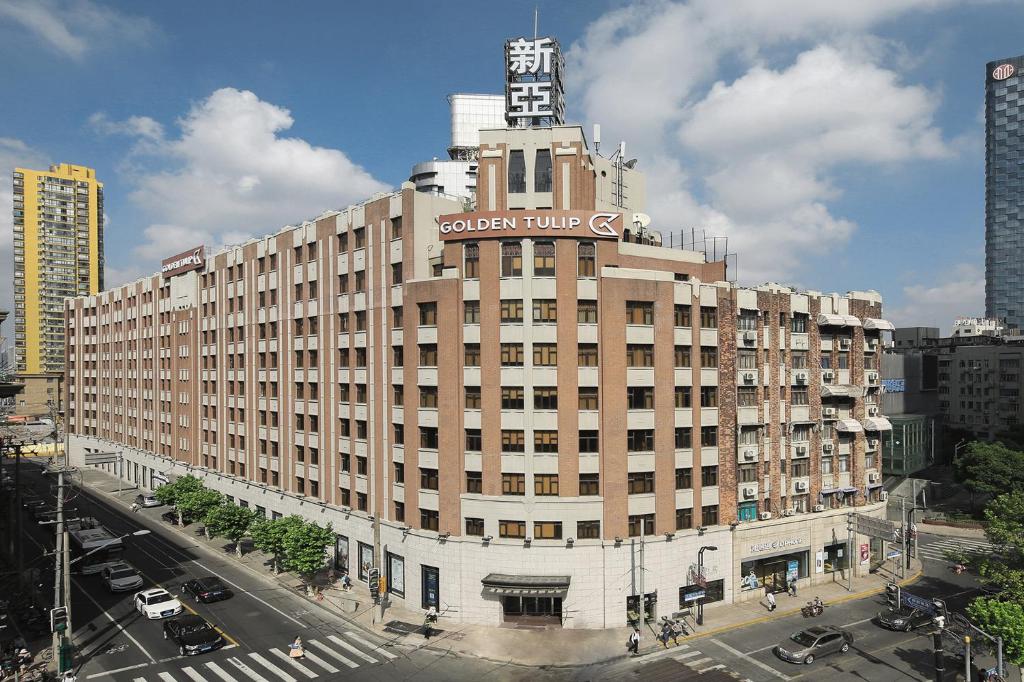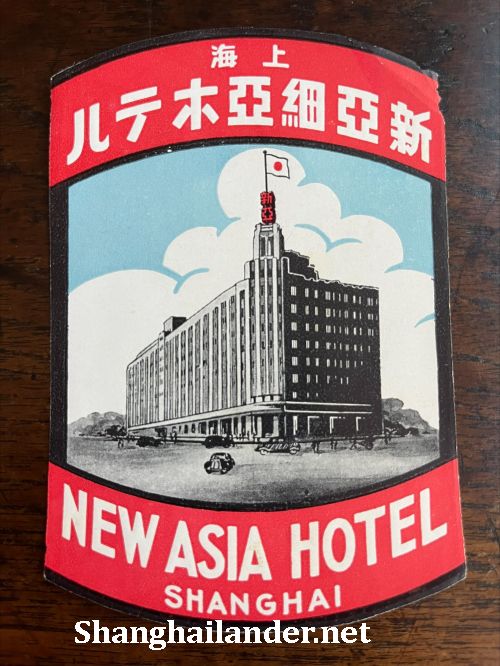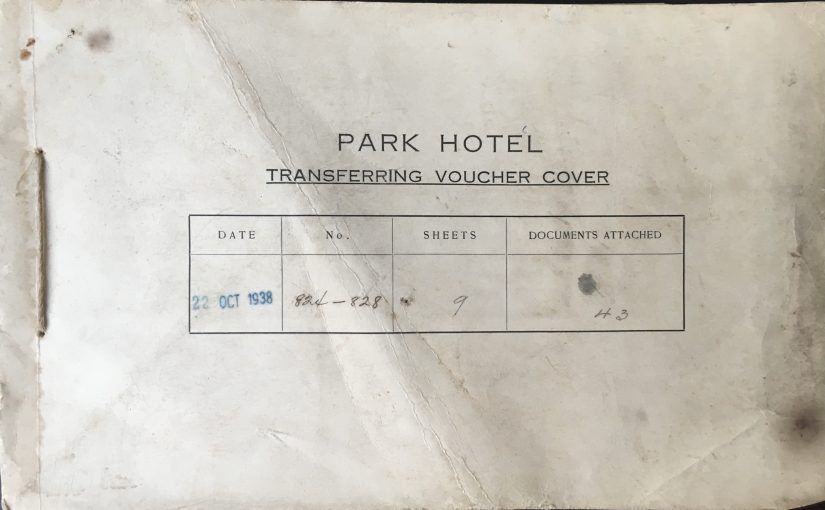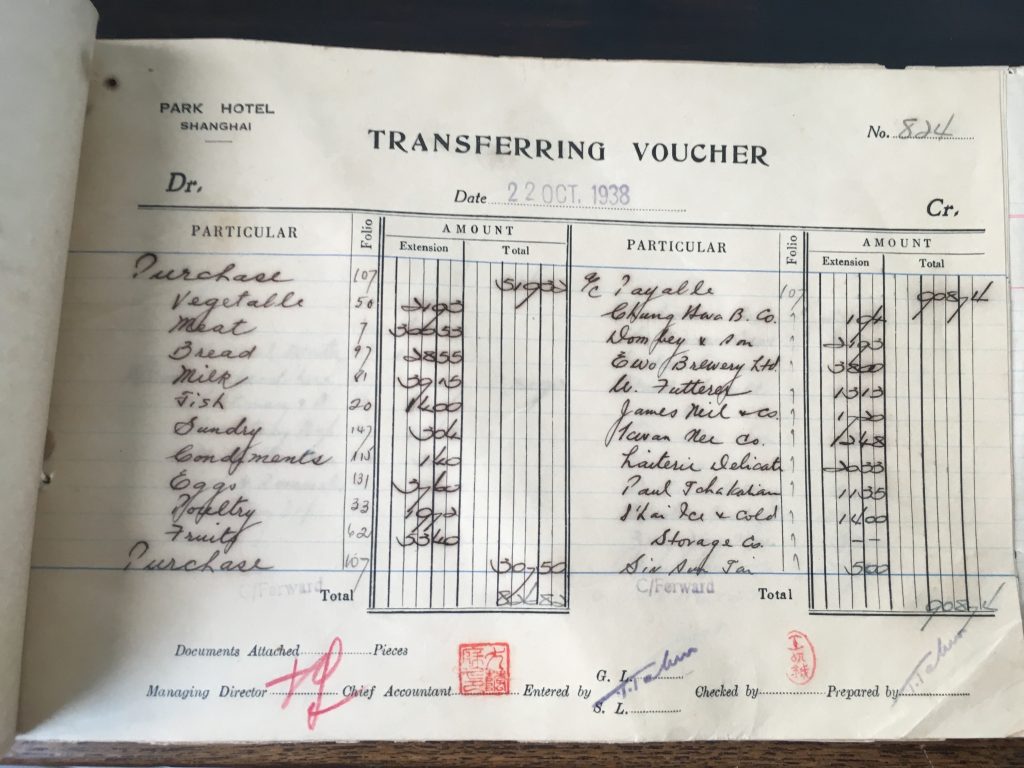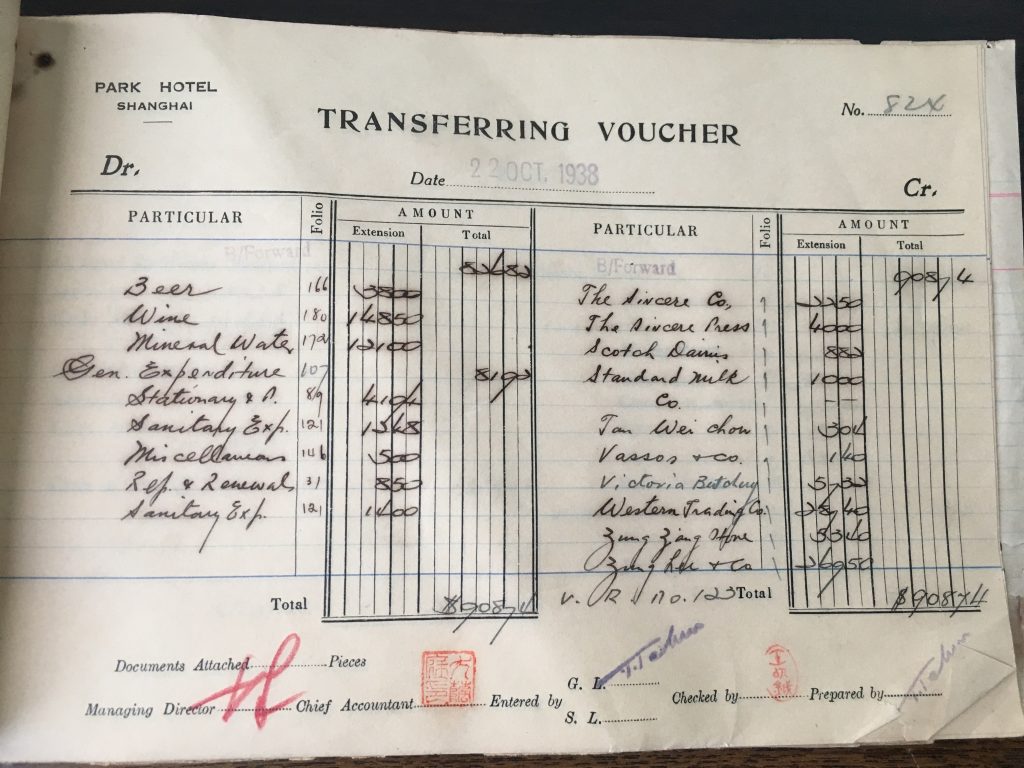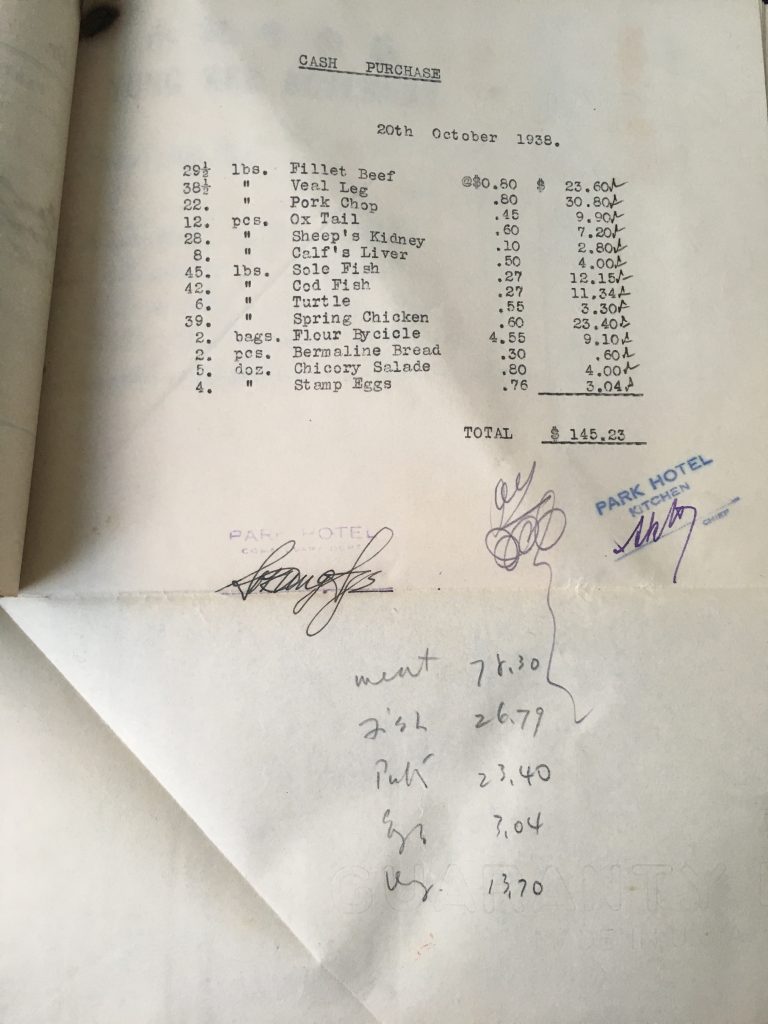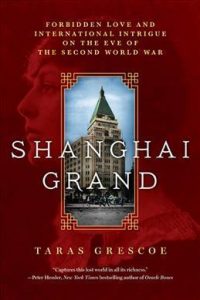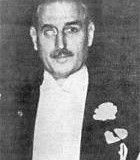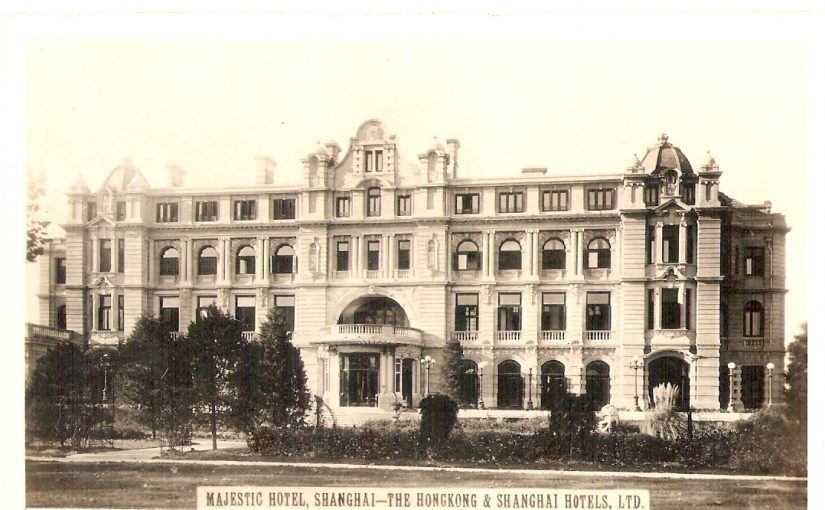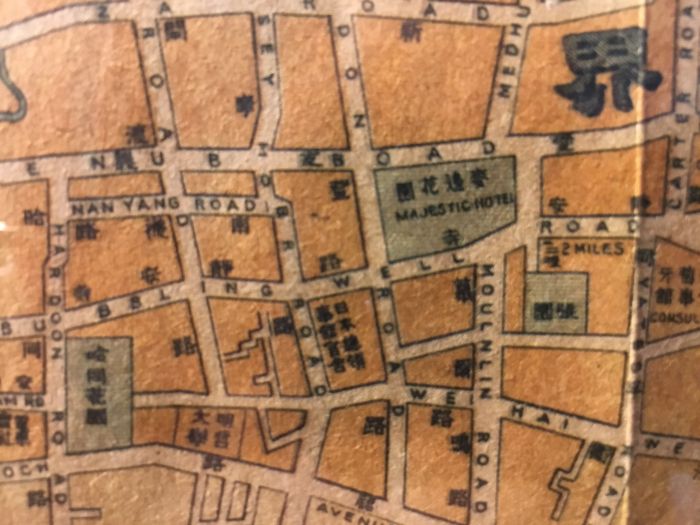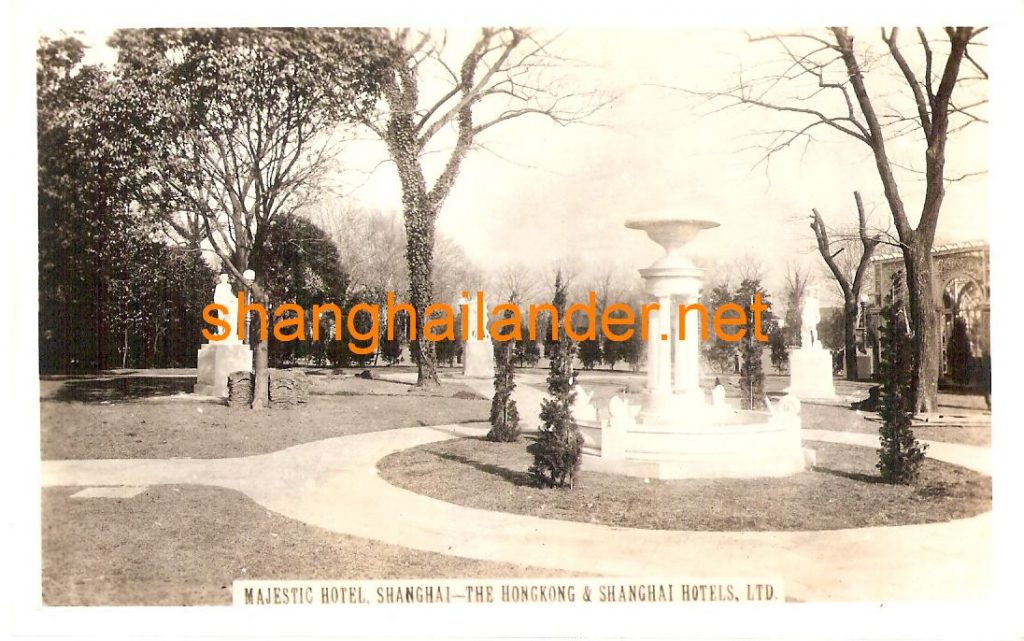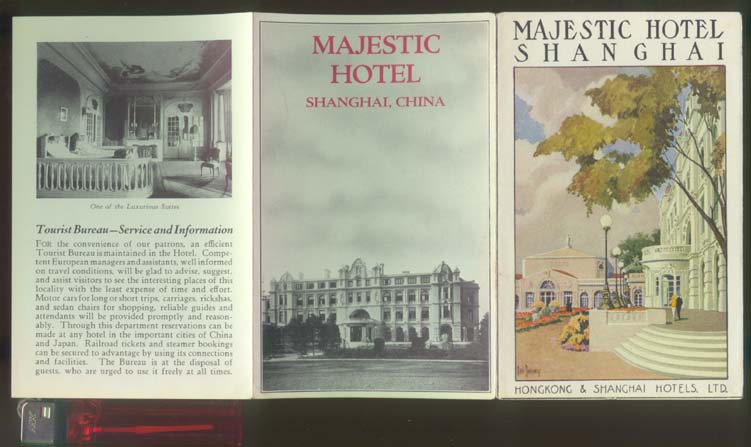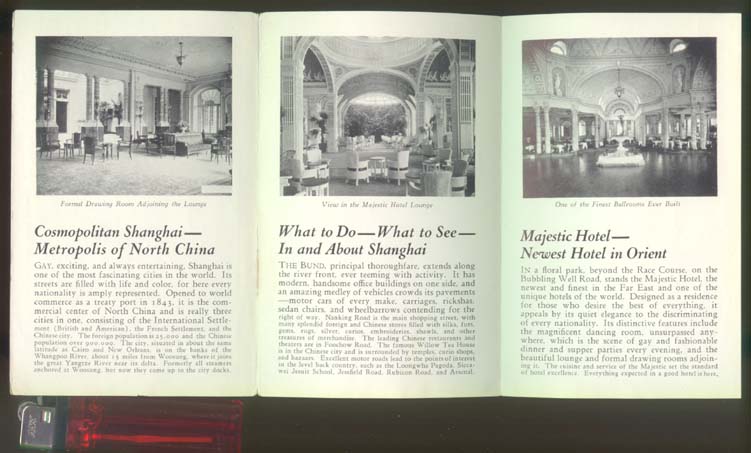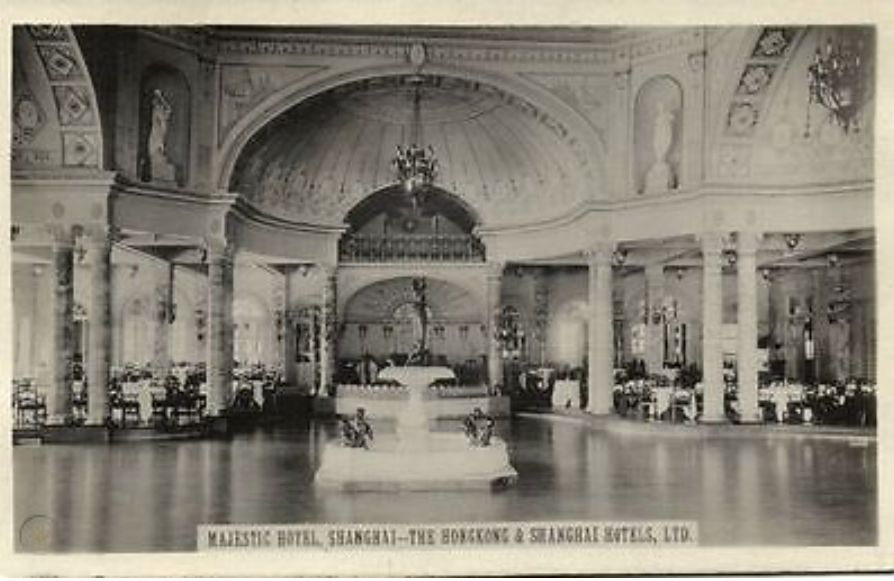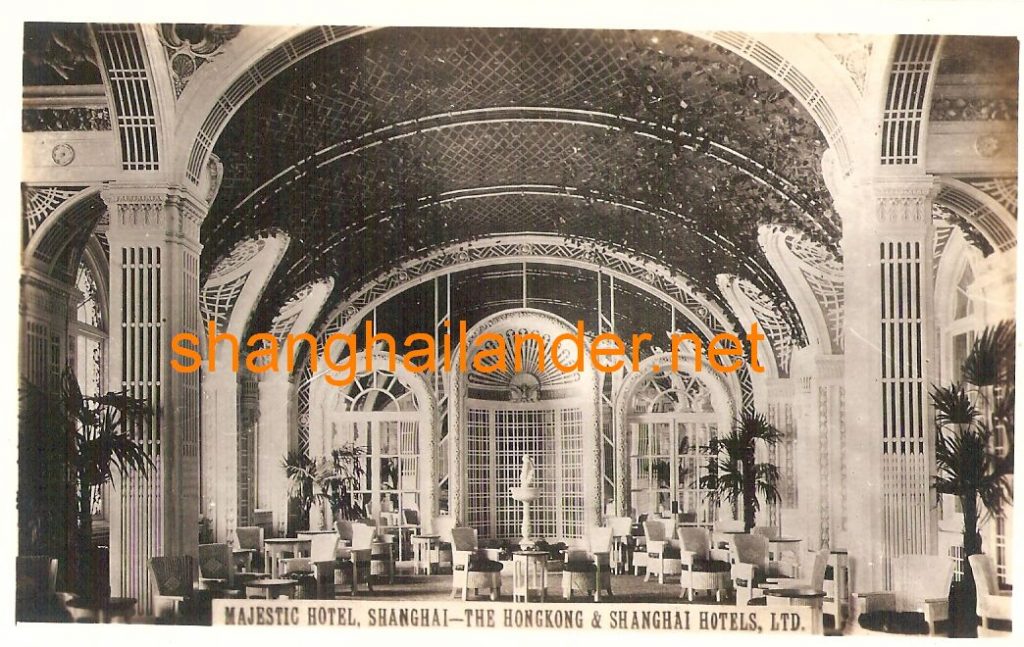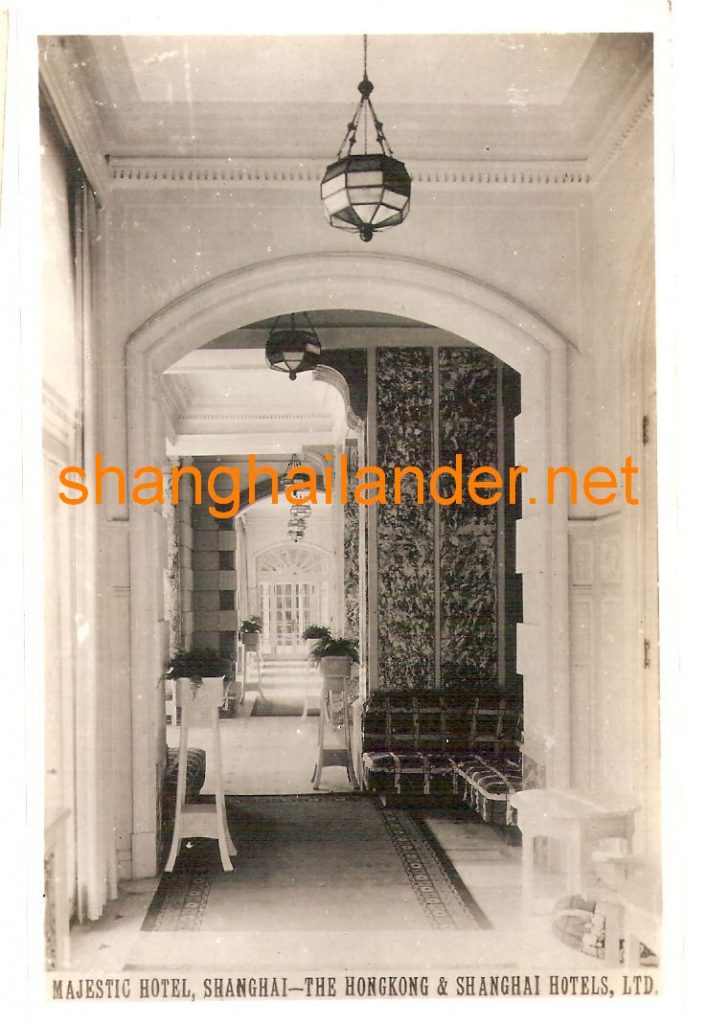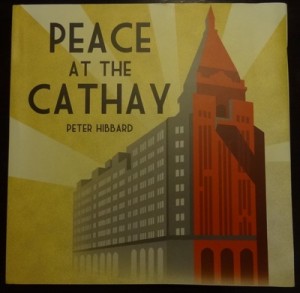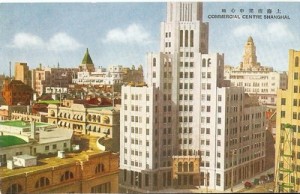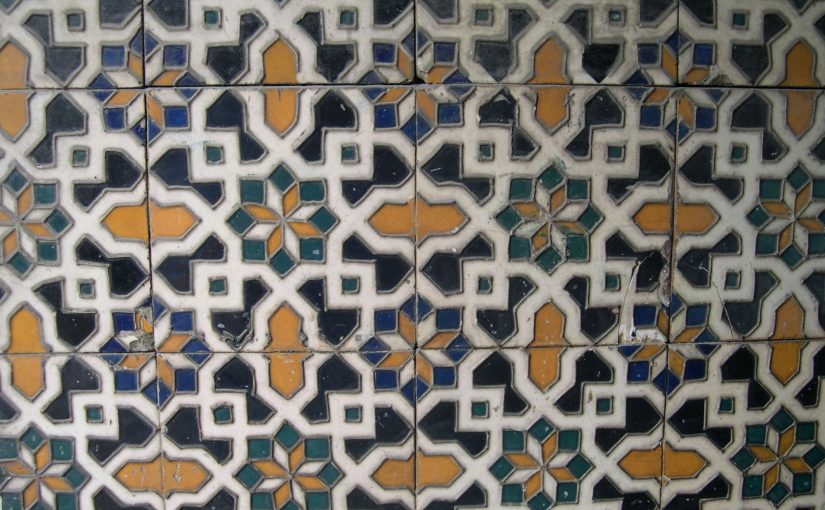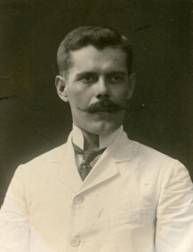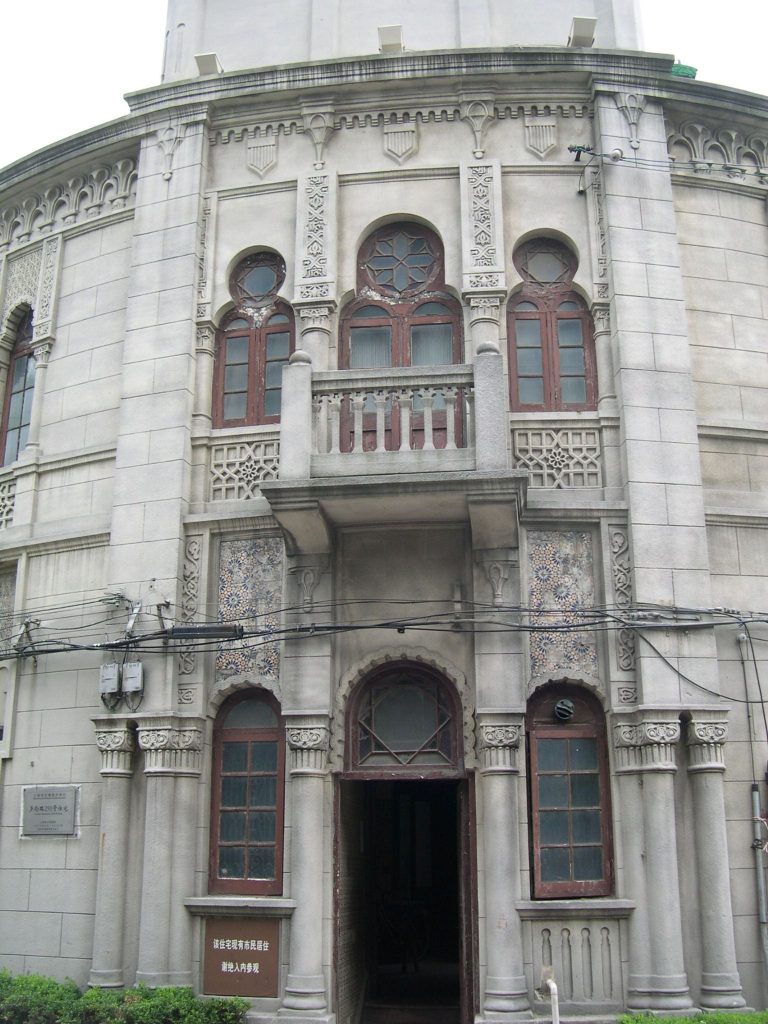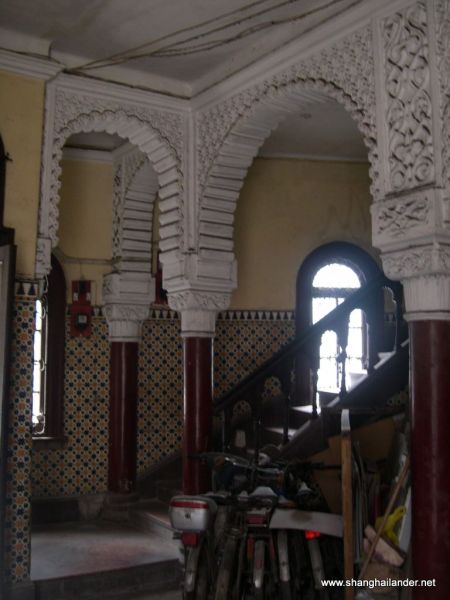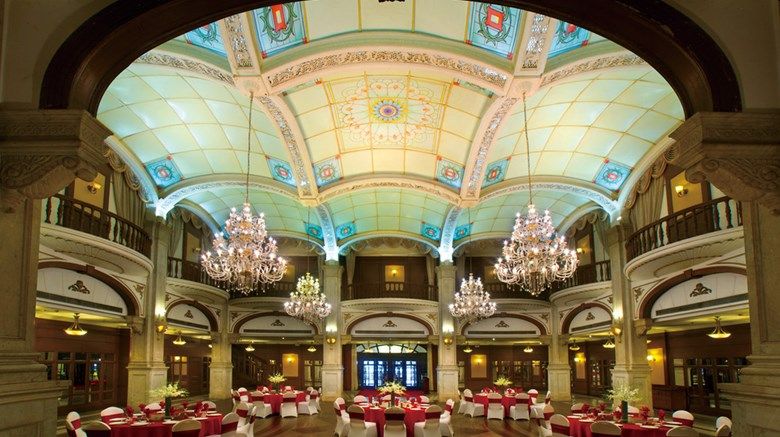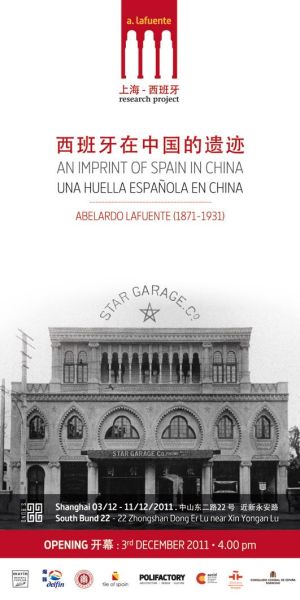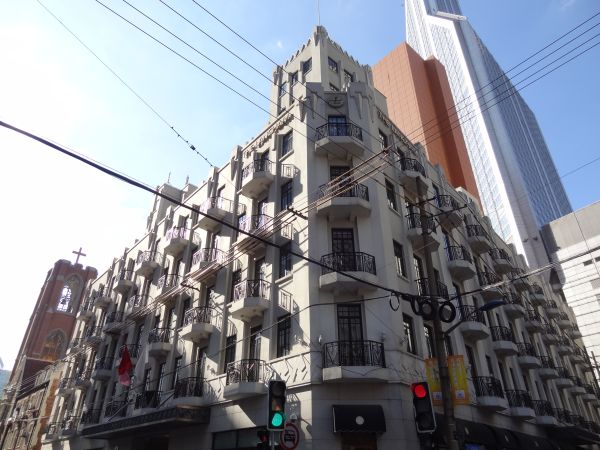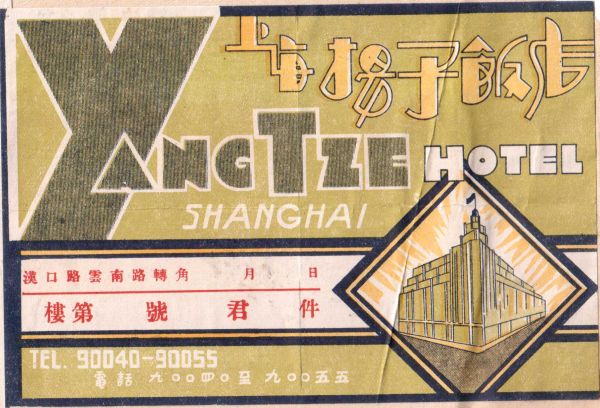Although it is slightly off the beaten track, Honkou’s New Asia Hotel is still an emblematic Art Deco building. Located right behind the Shanghai General Post Office, it is one of the large hotel from Old Shanghai that is still operating until today, like Park Hotel, Cathay Hotel, Yangze Hotel and few others. Having been interested in Old Shanghai hotel and their luggage labels, I recently got the one below, leading to further research about the hotel. If you have missed the previous posts on language labels, please go to post “Old Shanghai hotels luggage labels“.
New Asia Hotel was built in the West of Hongkou district in 1933 and opened in early 1934. It is located right behind the General Post Office, on Sichuan Bei Lu near the bank of the Suzhou Creek. The whole area was being developed then, as the neighboring Embankment Building was built in 1932 and the Bridge House one block behind in 1935. The developer of both buildings was Republic Land Investment 五和洋行, with an architect team headed by S. A. Sayer 席拉 (Thanks to Katya Knyazeva @https://avezink.com/ for the find). New Asia Hotel first open a hotel in Guangzhou in 1928 and Hong Kong on the same year before coming to Shanghai.

The hotel had a distinctive Guandong style, in particular in terms of food. The Hongkou neighborhood had many Japanese residents, so the hotel attracted Japanese clients as well as international travelers as seen as below advertising. The location made it close to the Bund business district, but as also close to Japanese Consulate on the North, the NYK (Japanese Shipping line) wharf and the Japanese Club that was a few streets away in Hongkou district.
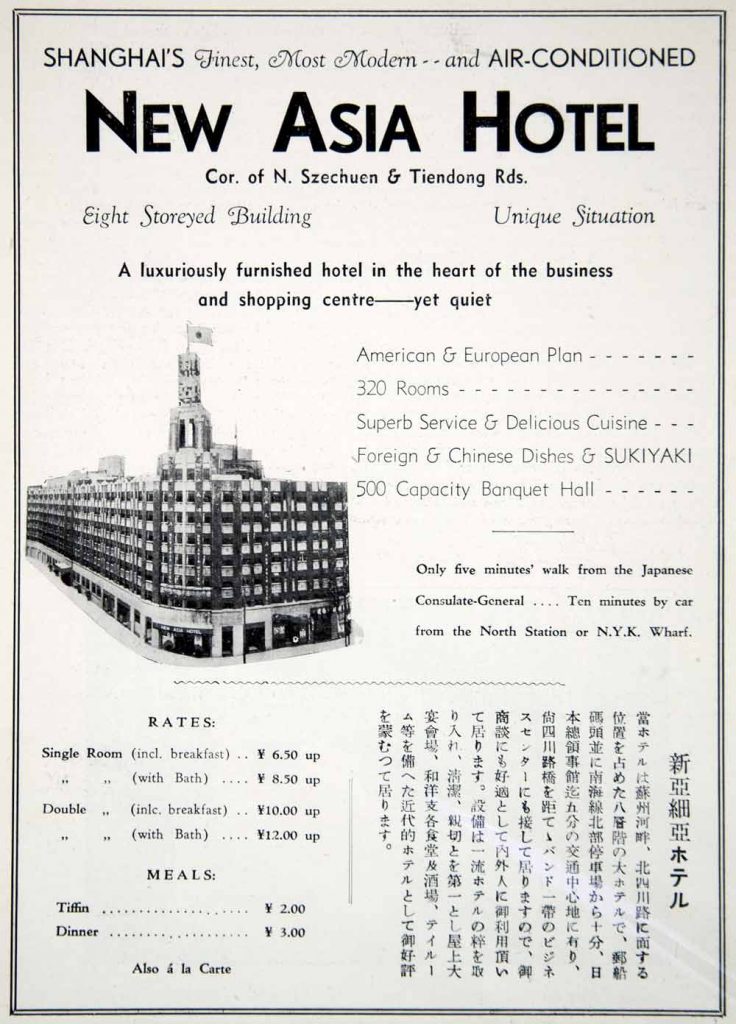
Business did not last for very long as the brand new hotel was taken over by the Japanese occupation authorities after 1937. The hotel was used as the headquarter of the Special Services Corp of the Japanese Military Police, as well as base for gangsters linked with it. Being the best hotel in Shanghai out of the foreign area, it also became the residence for Japanese appointed mayor of Shanghai at the time.
The above luggage labels and advertising shows a Japanese flag on the top of the building. Large buildings of the period often showed foreign flags, like British flags on the Bund. My guess is that the luggage label and above document are from the 1934-1937 period, as I don’t see the Japanese occupiers being busy with creating marketing material in English. For more luggage labels from hotels in Old Shanghai, please go to post “Old Shanghai hotels luggage labels“. I recently found another luggage label from New Asia Hotel: See post: “More New Asia Hotel luggage label“.
New Asia Hotel was renovated several times, so the interior has lost all its history, but the Art Deco building still remains today. The hotel is now called Golden Tulip New Asia Hotel.
